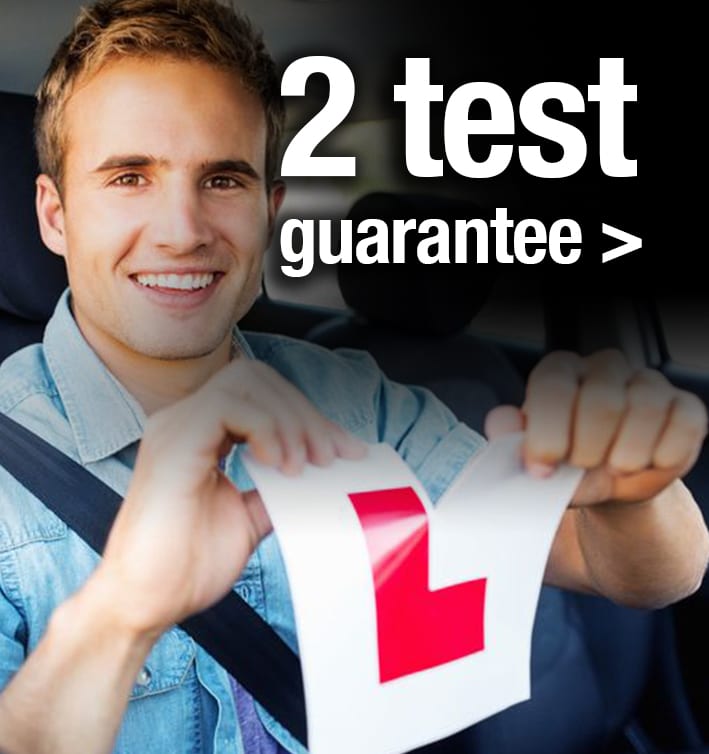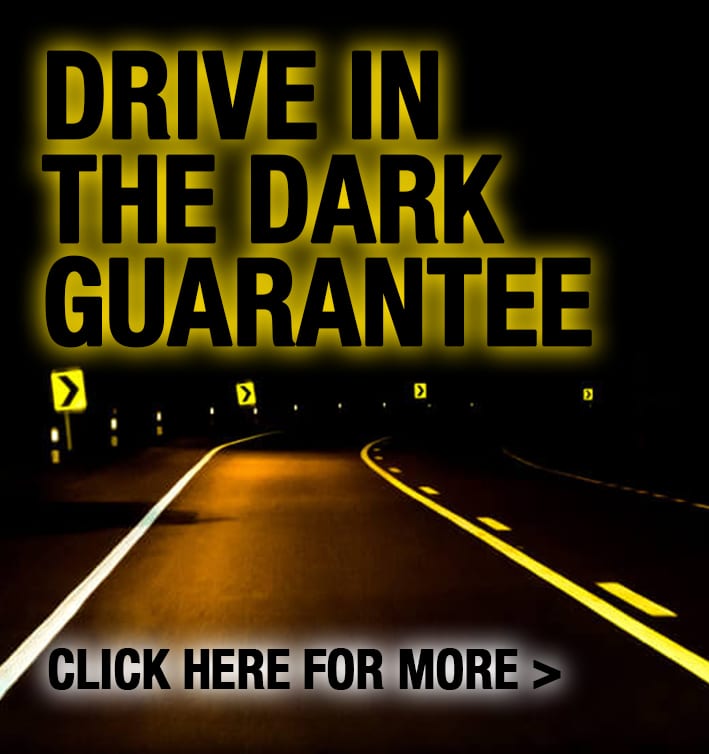BIG TOM customers can read in this blog from Tom Ingram (Owner) about essential information for learning to drive and erase some of the more commonly held myths
“Putting the clutch down slows the car”
This is a good one to start with as it is a very common belief that when you put the clutch pedal down (left foot), it slows the car down. I think this belief sometimes develops because pupils associate stopping the car with “Clutch down and braking”. Therefore they get used to the relationship of the car stopping and the clutch being down. Take care with this though. The clutch goes down for one of two reasons: to change gear or because the car is stopping. The important chink of information that I would give you is that when you put the clutch down, you momentarily disengage the engine power from the front wheels Therefore, if you were to put the clutch down when travelling at 20 mph going DOWNHILL you will actually gather speed, not slow down. It is a bit like stopping pedalling when you are on a bike going downhill. Just because you stop pedalling, does not necessarily mean you slow down! It is the brake pedal (middle one with the right foot) that slows a car down, not putting the clutch down.
“It is my job to sort out any problems when someone does something strange in front of me”
Not so. Far from it in fact. If something develops in front of you which is rather odd or unconventional, you would do well to slow down or even pause, and allow other road users to identify what needs to be done. Whilst your experience levels are low, you are still learning and therefore not expected to know the solution to everything. Recent DVSA research shows that pupils take about 40 hours experience with a driving instructor and 19 hours with friends/family before they are competent to pass a driving test so until you have gained enough experience, let other road users sort out any strange things that are going on.
“Driving examiners have already decided before the test if I’m going to pass the driving test”
The driving test pass rates for ALL driving test centres are available for public viewing on www.GOV.uk and if you were to view them, you will see that the pass rates vary considerably across the UK. As such, it tends to suggest that any artificial “managing” of pass rates simply does not happen. Driving examiners are highly skilled professionals who are trained thoroughly to do their job.
“Lots of driving instructors simply want to keep taking my money for lessons even when I’m ready to go to test”
In the UK there is nothing preventing the public from taking driving tests in their own car (in fact, DfT data suggests that their pass rate is higher). So, if you suspect this to be the case, you are perfectly entitled to still go to test in your own car. Before you take this option though, I would strongly advise you to seriously consider your ability and confidence because ultimately not only does going to test too soon increase safety risks, but taking tests before you are really ready to drive alone is not responsible or smart.
“If I can drive, I don’t see why I can’t go to test”
I guess this comes down to what you really mean by “If I can drive”. Can you move off in proper control of the car when on a hill, drive up a multi-storey car park, drive at night, drive on faster roads, know what speed to approach a country road bend? Be careful, because if you end up having accidents then that will seriously affect your insurance premiums (not to mention the risk of injury).
“You can’t overlap your hands when steering”
Not true. The key thing is to be in proper control of the steering wheel. Whilst the statement above USED to be the case, it has not been true for many, many years.
“Black box telematics makes you safe”
Not according to the latest DVSA funded research undertaken of people 6 months after they passed their driving test. In fact there is an increased collision risk of 50% according to the DVSA funded research.





